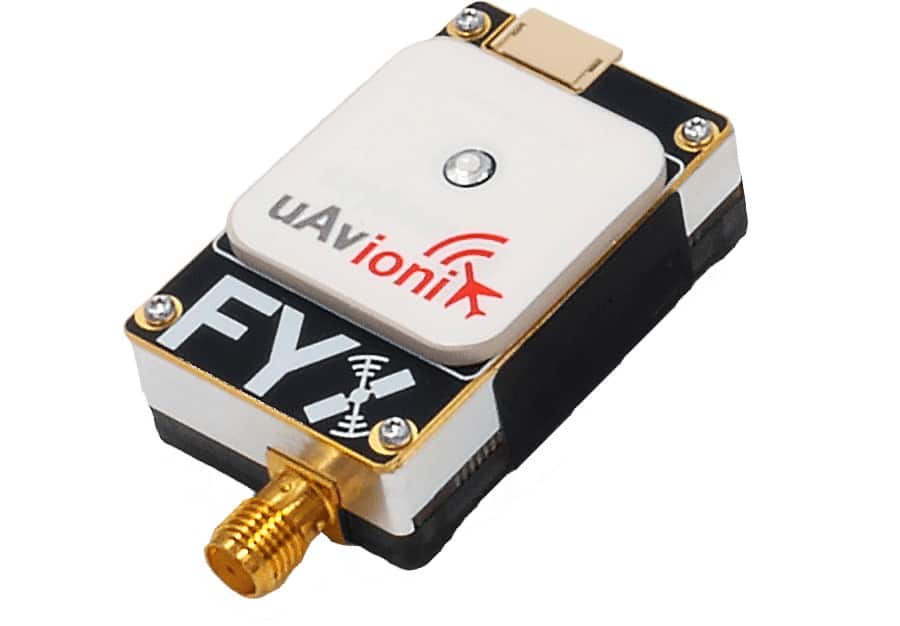CFI A&P
Exploring the world one toilet at a time.
Before the ADS-B out requirement took effect, I was on this side of the fence. Now that we've seen that the cost burden is relatively low, I'm on the other side. It's a huge improvement to safety.
In aircraft where ADS-B out is not suitable, for example, due to a lack of electrical system or transponder, a TABS-compliant beacon should be required. The burden on owners is negligible compared to tiedown/hangar costs/overhaul/fuel/maintenance/etc.
Just my opinion, though. Driving jets full of passengers changed my perspective a bit, I think. There are operational windows where safe operation of the airplane, complex clearances, weather deviations, and so on takes four eyes and at least part of two brains, and it's easy to briefly neglect see and avoid. At jet speeds, that can be enough time to get much too close.
-Fox
If you're not having to meet FAA certification standards and can just meet the same standards of consumer electronics the cost should be a lot lower.
A battery powered portable ADS-B transmitter the size of a iPhone could probably be available for a few hundred dollars.
Unfortunately this issue gives me jock itch because I'm stuck on the fence. The Part 25 jet world operates aircraft with all sorts of bells and whistles required by design & regulation, such as TCAS, all of which are reactions to past accidents. Then there are the pilots flying down low for fun smashing bugs burning 100LL in parts of the National Airspace System that don't even require a radio or transponder. In the interest of saving lives, safety should be enforced across the board no matter the cost but I'm not sure I'm sold on equipping everything currently exempt from 91.215 just yet. Maybe more emphasis on training and understanding the ramifications of transponder exempt aircraft in the NAS, much like loitering in a MOA or across a VR or IR.
Last edited:

